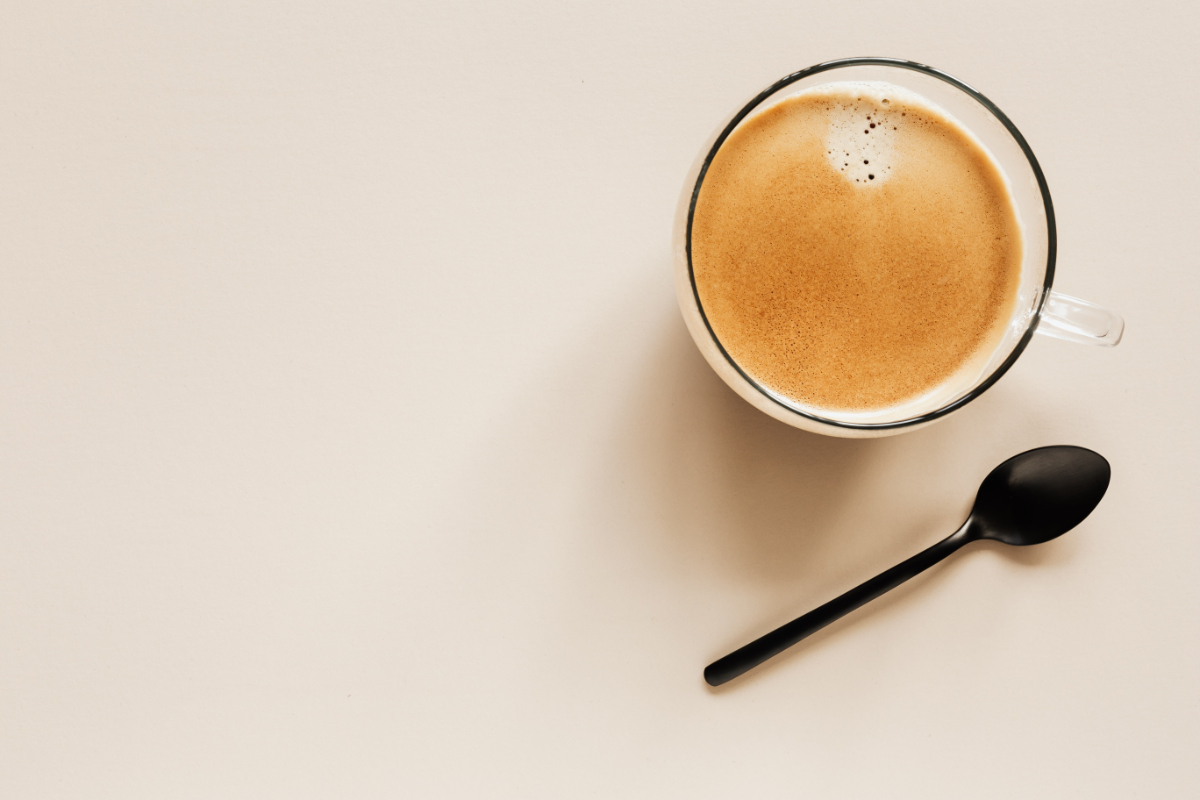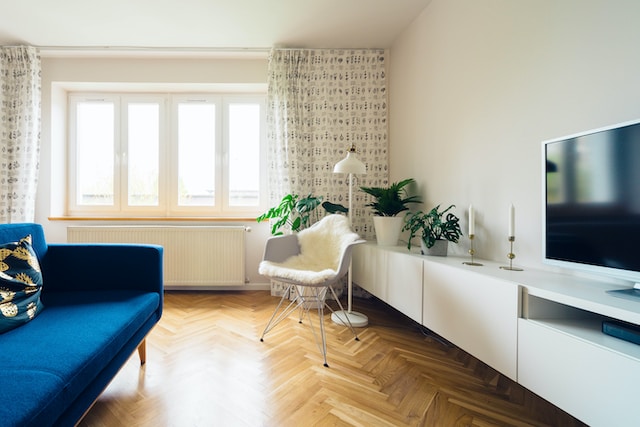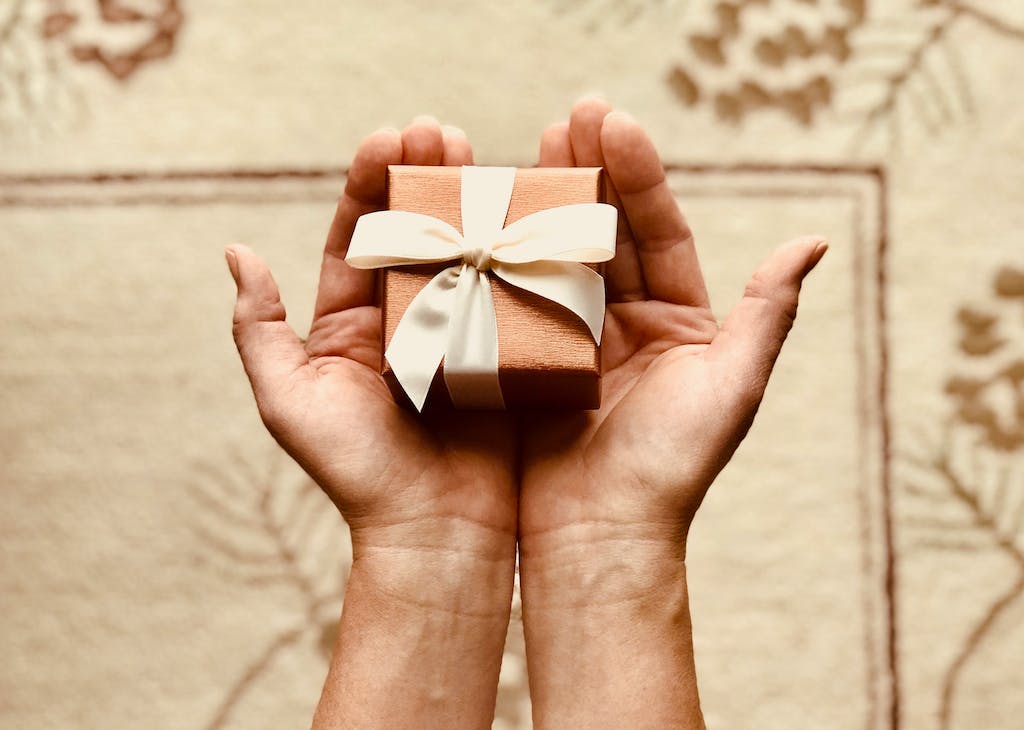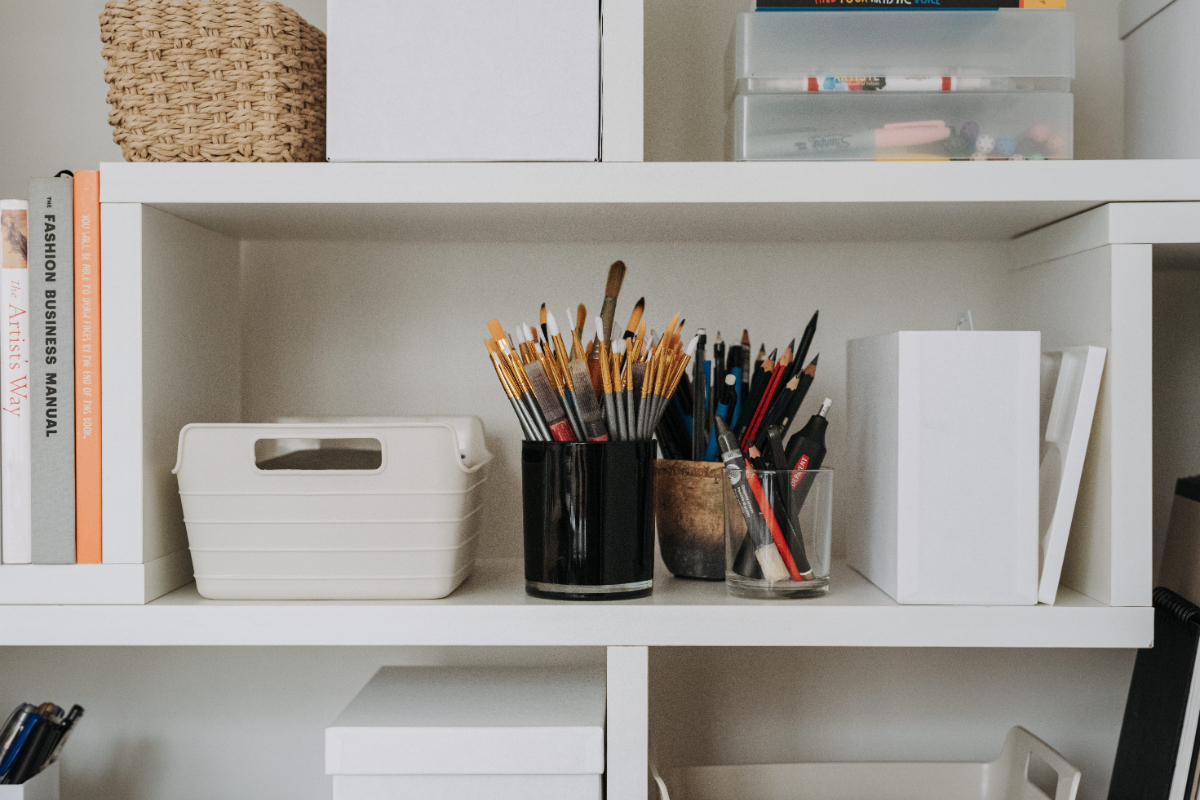Avoid These 5 Mistakes When Embracing Minimalism
There are some affiliate links below, but they are all products I highly recommend. For more info, view my disclosure here.
Are you looking to declutter your home and simplify your life? Minimalism is a popular lifestyle choice that more and more people are turning to. It can be an overwhelming process, but with the right mindset and preparation, it can be a rewarding journey. Read on and we’ll look at some of the mistakes to avoid when trying to become a minimalist.
Living a minimalist lifestyle means different things to different people. Whether you’re looking for minimalism as an environmental choice or simply wanting to reduce stress in your life, becoming a minimalist can have many positive effects on your life. However, there are some common mistakes people make when transitioning into this way of living which can lead to frustration and dissatisfaction with their progress.
In order to help you get started on the right track, let’s discuss some of the most common pitfalls and how best to avoid them as you embark on your minimalist journey. By learning from past mistakes, you’ll be able to maximize your success and create a simpler lifestyle that works for you!
Ignoring Your Needs
When attempting to become a minimalist, it’s important to remember that your needs are paramount. You may feel an urge to immediately get rid of everything you own and start fresh, but this could leave you feeling regretful or even deprived. Ignoring your needs when transitioning into minimalism can be a mistake, as it’s essential to have the items necessary for day-to-day life.
For instance, if you live in a cold climate and decide to get rid of all your winter clothes, you may end up feeling uncomfortable or even unsafe when the temperatures drop. Similarly, if you’re passionate about cooking and donate all your kitchenware without having replacements lined up, it can be quite inconvenient when mealtime comes around. Therefore, while striving to lead a minimalist lifestyle, make sure that you don’t disregard the things that make life easier or more enjoyable for you.
It’s also important to consider how much time, energy and money you want to spend on decluttering and organization. Do some research on minimalist living resources available online so that you can understand what will work best for your lifestyle needs and financial situation. Ask yourself questions like: Do I need this item? Can I borrow this instead of buying it? Will I still use this item in six months from now? Having realistic goals and expectations of minimalism is key for making the transition into this lifestyle successfully.
Take your time with the process; there’s no need to rush through decluttering or organizing what’s left in your home — minimalism should be something that makes your life simpler and more stress-free!
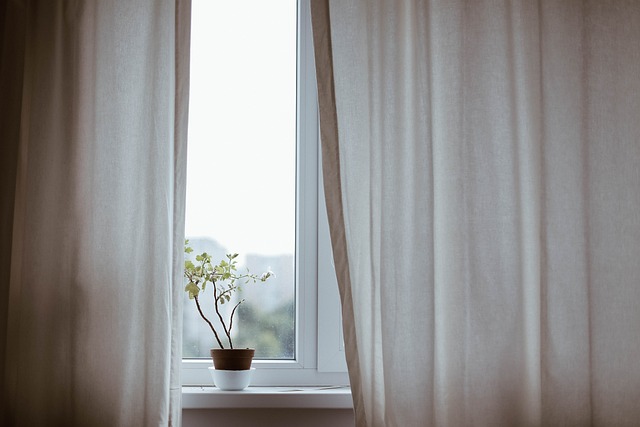
Not Purging Unnecessary Items
The second mistake to avoid when trying to become a minimalist is not purging unnecessary items. It’s easy for our lives and our surroundings to become cluttered with material possessions, but living with less can be incredibly liberating. To make progress in your journey towards minimalism, it’s important to take stock of the items you own and determine which are truly necessary. This isn’t an easy process; it takes time and emotional labor to really examine how our belongings fit into our lives.
In order to make room for what’s most meaningful in life, it’s essential to go through your home item by item and decide what should stay and what should go. Don’t be afraid of letting go of things that don’t bring joy or serve a purpose. Things that no longer spark joy or have a practical place in your life can be donated, recycled, or sold for some extra cash!
Once you’ve made the decision about each item in your home, it’s important to follow through with the purge. Some people find it easier to start small — like paring down their wardrobe — while others prefer tackling large categories first, like furniture or kitchen appliances. Regardless of which approach you take, going through this process will help create space for mindful minimalism and simplify your life.
Living simply doesn’t mean giving up on comfort or pleasure; instead, it encourages us to focus on the things that add value and meaning rather than accumulating more stuff just out of habit. By taking the time to sort through all the objects we already own and remove those that no longer bring value into our lives, we can become more intentional about what we bring into them in the future.
Not Sticking To A Budget
It’s important to have a budget when trying to become a minimalist. Without one, it can be difficult to know how much money you’re able to spend on items that are necessary and how much you should be saving in order to achieve your goal. A budget will also help you stick to the amount of money you want to spend on non-essential things, which can help keep your shopping habits in check.
Creating and sticking to a budget doesn’t have to be complicated. Start by listing out your income and expenses, then determine where you can cut back or save more money. Once you’ve identified some areas for improvement, develop specific strategies for saving money such as tracking spending or creating automatic transfers into savings accounts. Having a plan like this in place will make it easier for you to stay within your means and prevent yourself from spending too much on unnecessary items.
Finally, it’s important to review your budget regularly and adjust as needed. The way we use our incomes often changes over time so it’s important that our budgets reflect these changes in order to remain effective. By regularly reviewing your budget, you’ll be able to identify areas where you can make further adjustments or create new plans if necessary. This way, you’ll always be on top of your finances and ensure that they align with your minimalist goals.
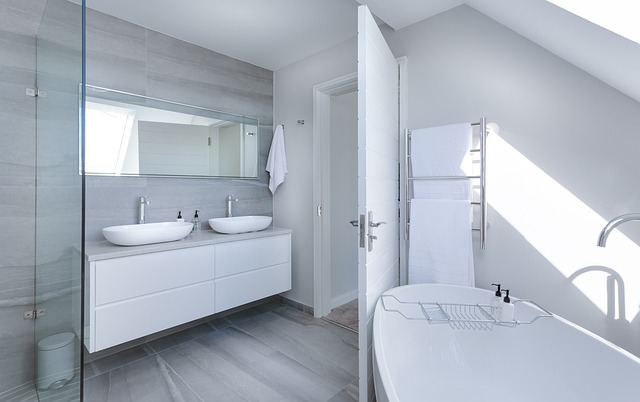
Over-Simplifying
It’s easy to get carried away when adopting a minimalist lifestyle. While it can be tempting to throw out everything and make drastic changes, it’s important to remember that minimalism is about being intentional with the items you keep and use, not simply getting rid of things. This brings us to the fourth mistake people make when trying to become a minimalist: over-simplifying.
The idea of minimalism is about living with intention and focus, not deprivation or restriction. If you choose to simplify your life, do so in a way that enhances your daily activities and helps you reach your goals. Instead of throwing out all your possessions, take the time to consider what items are essential for your daily routine and which ones could be donated or recycled. Furthermore, try not to impose strict rules on yourself that limit your enjoyment of life; while cutting back on excess spending may be beneficial, don’t deny yourself the occasional treat or splurge.
It’s also important to recognize that minimalism isn’t just about downsizing material possessions; it can also be used as an approach in other areas such as dieting or exercise routines. Consider how you can simplify without going overboard; if you’re trying to lose weight for example, focus on healthy eating habits rather than cutting out entire food groups from your diet. Similarly, when exercising set realistic goals for yourself rather than overworking yourself and risking burnout or injury.
Minimalism should ultimately be something that helps make life easier and more enjoyable, so don’t forget to enjoy the process! Take the time to appreciate what works for you—even small changes can have a big impact on how much clutter is in your home and life overall.
Not Researching Minimalism
When making the decision to become a minimalist, it’s important to properly research the lifestyle you’re committing to. Minimalism isn’t just about being able to fit everything you own into one bag – it’s a way of thinking and living that can be beneficial in many aspects of life. Learning what minimalism really means and how it is practiced can help you make an informed decision on whether or not it is right for you.
However, many people make the mistake of not researching minimalism before they commit to it. This often leads to confusion and frustration as well as a sense of failure when they don’t meet their own expectations or if they find that minimalism isn’t a good fit for them. Taking the time to understand what minimalism entails before deciding to follow this lifestyle can save a lot of heartache in the long run.
It’s also important not only to understand what minimalism is, but also how it is practiced in different contexts. There are different ways of going about becoming and staying minimalist depending on your lifestyle and circumstances, so researching all available options can help ensure that you are getting the most out of this journey. By taking time to fully understand all aspects of minimalism, you will be able set realistic goals and create an action plan that works best for you.
Ultimately, taking the time to do some thorough research before diving into minimalism can make all the difference in your success and enjoyment on this journey towards simplicity and clarity.
How Simplifying Can Help You Improve Your Personal Finances
Not Prioritizing Your Time
Time is an essential commodity; it must be valued and prioritized if one is to succeed in the minimalist lifestyle. Without proper time management, a person could quickly become overwhelmed with tasks and obligations. This can cause them to lose focus on their ultimate goal of becoming a minimalist, as they will be too busy dealing with day-to-day responsibilities.
One way to prioritize your time is to establish a daily routine that fits into your new minimalistic lifestyle. This can include allotting specific amounts of time for certain activities, such as reading, writing, exercising and self-care. Try to limit yourself to only those activities that are necessary and beneficial for you; this will help keep you from getting sidetracked by peripheral tasks. It’s also important to set aside regular periods for rest and relaxation, so that you don’t become overly exhausted or burnt out. The pomodoro technique is great for time management!
Finally, remember not to overcommit yourself. Taking on too much responsibility can lead to stress, which can further distract you from achieving your goal of living minimally. Create realistic goals that you can realistically accomplish within reasonable amounts of time; this will help keep you focused on the task at hand while avoiding burnout or disappointment due to unmet expectations.
By taking the time to properly prioritize your life in accordance with your new minimalist lifestyle, you’ll ensure that each day is used effectively and efficiently towards achieving your ultimate goal.
Not Creating An Action Plan
It’s all well and good to say that you’re going to become a minimalist. But without an action plan, it can easily remain just that – a thought or idea. There’s no guarantee that you’ll actually make any progress towards becoming a minimalist if don’t take steps to turn your plan into reality.
This is why creating an action plan is so important when trying to become a minimalist. It gives you something concrete to work with and helps keep you on track. The action plan should include both short-term and long-term goals, as well as the steps necessary for achieving them. This way, you’ll know exactly what needs to be done in order for you to achieve your goal of living minimally.
Don’t forget that taking small steps is key – try not to overwhelm yourself with too much at once! Break down your action plan into small, achievable tasks so that it’s easier for you to stay motivated and make progress without getting discouraged. With enough dedication and focus, creating an action plan will help ensure that all of your hard work pays off in the end!
Not Working With What You Have
It’s important to understand that minimalism isn’t about giving up the things you already have, it’s about being mindful of the things you bring into your life. If you don’t work with what you already have, it will be hard to become a minimalist. You need to assess your current possessions and decide which ones are worth keeping and which ones are not.
When trying to become a minimalist, take an inventory of everything in your home or workspace. Ask yourself if each item is adding value to your life. If not, let it go and make room for something more meaningful. Don’t just get rid of everything indiscriminately; focus on items that don’t serve a purpose anymore or those that cause clutter in your space.
Instead of buying new items, look around and see if there is anything you can repurpose or reuse. It could be as simple as turning a dresser into a book shelf or using an old jar as a planter. Being resourceful can help reduce waste while also freeing up space in your home or workspace. Plus, it can save money since you won’t need to purchase new items all the time.
By working with what you have, you can create a more intentional environment without having to buy more stuff. With some creativity and planning, minimalism can help create a space that is filled with only the items that truly matter!
Not Exploring Alternatives
When striving to become a minimalist, it’s important to explore alternatives. It can be easy to get stuck in the same routine and habits, but by making an effort to find new ways of doing things, you can save yourself valuable time and money. For example, if you’re looking for a way to declutter your home, instead of buying expensive storage units or bins that may only add more stuff into your living space, try utilizing things you already have like baskets or drawers.
It is also beneficial to look into different ways of consuming products and services. For example, if you’re wanting to buy something in particular but don’t want to spend too much money on it, look into renting or borrowing from friends or family members first. This can save you a lot of money and keep your living space clutter-free. Additionally, there are now plenty of subscription services available which allow people access to products for a fraction of the cost rather than having to buy them outright.
In order to make the most out of minimalism, it’s important not just to avoid mistakes but also take advantage of opportunities that arise. Rather than simply going through the motions and getting stuck in old habits, consider exploring different options and finding new ways for achieving the same goals with fewer resources. With proper planning and exploration of alternatives, minimalism can become an achievable lifestyle change that saves you time and money while still allowing you the convenience and benefits of owning what you need.
Not Setting Goals
When it comes to becoming a minimalist, setting goals can be key. However, many people try to adopt the minimalist lifestyle without having any set goals in mind. Doing this can lead to frustration and confusion, as it’s difficult to measure progress without any objectives. Consequently, it’s important not to overlook the importance of goal-setting when attempting to become a minimalist.
Creating specific and measurable goals should be a priority for anyone who wants to live minimally. It doesn’t have to be complicated; simple changes like getting rid of one item per week or limiting daily purchases can be enough for starters. Establishing achievable targets is essential for keeping motivation levels high and making sure that progress is being made on the journey towards minimalism.
However, it’s also important not to let goals get in the way of enjoying life. Having too many restrictions or ambitions can become counter-productive if they mean sacrificing quality time with family or friends – something that shouldn’t be compromised when striving for minimalism. Finding balance between achieving set goals and taking pleasure in life’s little moments is key if you want your journey towards minimalism to be successful and enjoyable.
Overall, setting clear objectives is crucial when trying to become a minimalist. Doing so will help ensure that you stay motivated on your journey and make steady progress towards your desired lifestyle – all while still taking the time to enjoy life’s special moments with those you love most.
